If you see an adult bald eagle, you will probably recognize it because it’s U.S.A’s national symbol. Juvenile bald eagles are tricky though. If you see a juvenile bald eagle, it often gets confused with a red-tailed hawk. The red-tailed hawk has red tail feathers if it is an adult, so it is easier to tell the difference between it and a bald eagle. But if it is a juvenile bald eagle and a juvenile red-tailed hawk, then how do you tell the difference? First, you can look at the size. Bald eagles, even juveniles, are much bigger than red-tailed hawks. Juvenile red-tailed hawks (and adult ones) have white spots on their back creating a V shape. So also check for that when you are trying to tell the difference. Hawks have a leading dark part under their wing. They also have a “Belly Band”, dark speckles over their belly.
First, let’s talk about eagles. Eagles are bigger than hawks, and they also have a greater wingspan than hawks. They are also more powerful than hawks. Eagles snatch up their prey and take it to a nearby perch, where they tear it to pieces before eating. Eagles can either hunt on land or at sea, for different types of prey. Eagles can hunt really high in the air, while still viewing its prey. Eagles sometimes hunt animals much heavier than their own weight. Sometimes even 7-8 times bigger than themselves. Bald eagles often hang in groups, unlike hawks, so if there is more than one “Bird in a tree” (It could also be birds in adjacent trees) then it is maybe a couple bald eagles.
Hawks are somewhat like eagles. They are smaller and less powerful than an eagle though. They are thought to be more intelligent than eagles. They hide in concealed branches, and then dash out fast and hit their prey, then they injure it and take it up to a tree to finish it. Hawks hunt in woodland areas. Hawks hunt low and glide, because they cannot fly as fast as eagles. Most hawks, (After they leave the nest) live alone, unless it is mating season. So if it is alone, it is probably a hawk. Yet it is not certain.
They both have curved beaks, and the same alignment of tail feathers. They are both aggressive birds and attack very violently. They both have very strong talons and beaks. They both hunt during the day and they look like they both have the same flight pattern but eagles are faster. Smaller birds like the Western Kingbird annoy both hawks and eagles for one reason: They don’t like them. Western Kingbirds are grey with a yellow belly, just in case you ever see a small bird annoying a larger hawk or eagle. That is not the only bird that tries to annoy them though, I just gave one example of many.
[Answer: Juvenile]
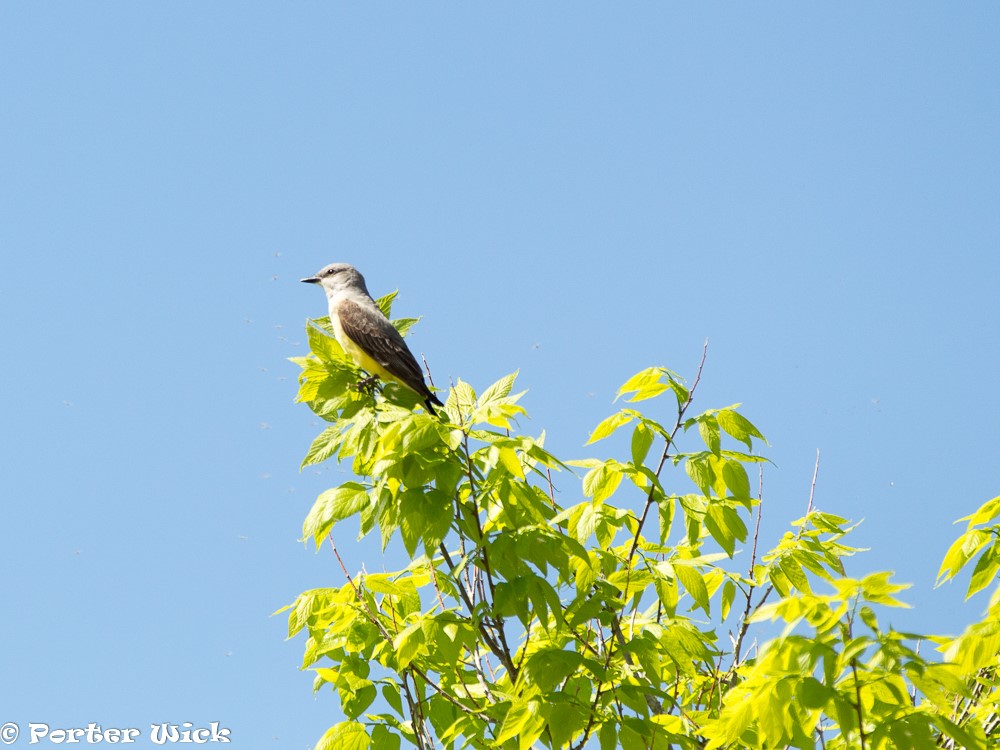
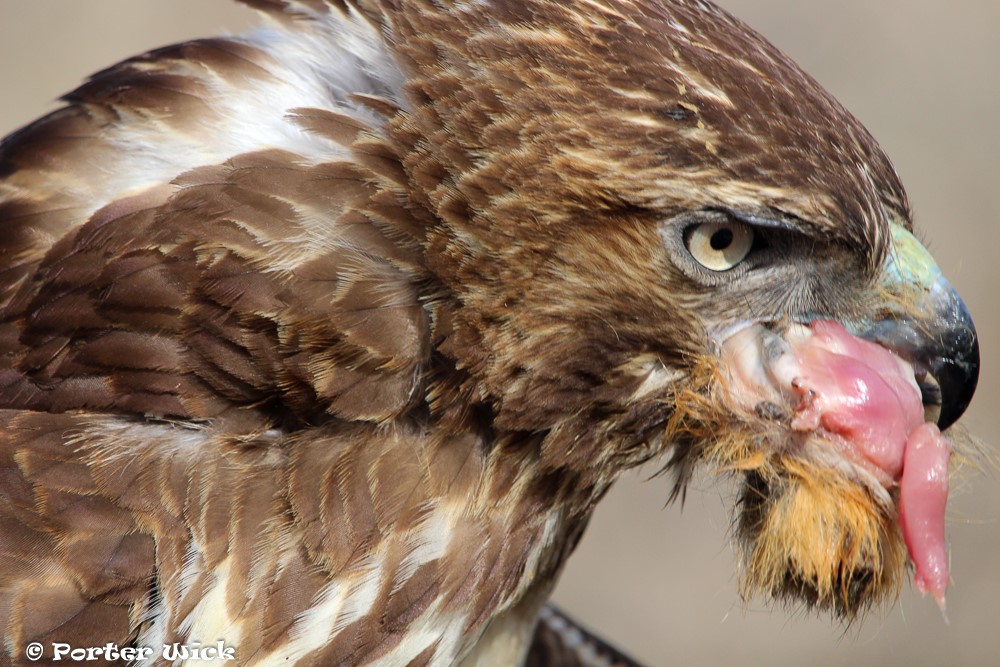
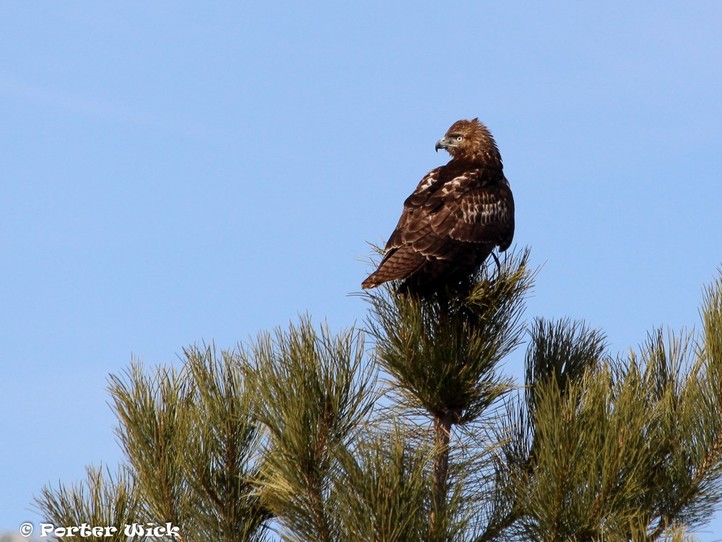
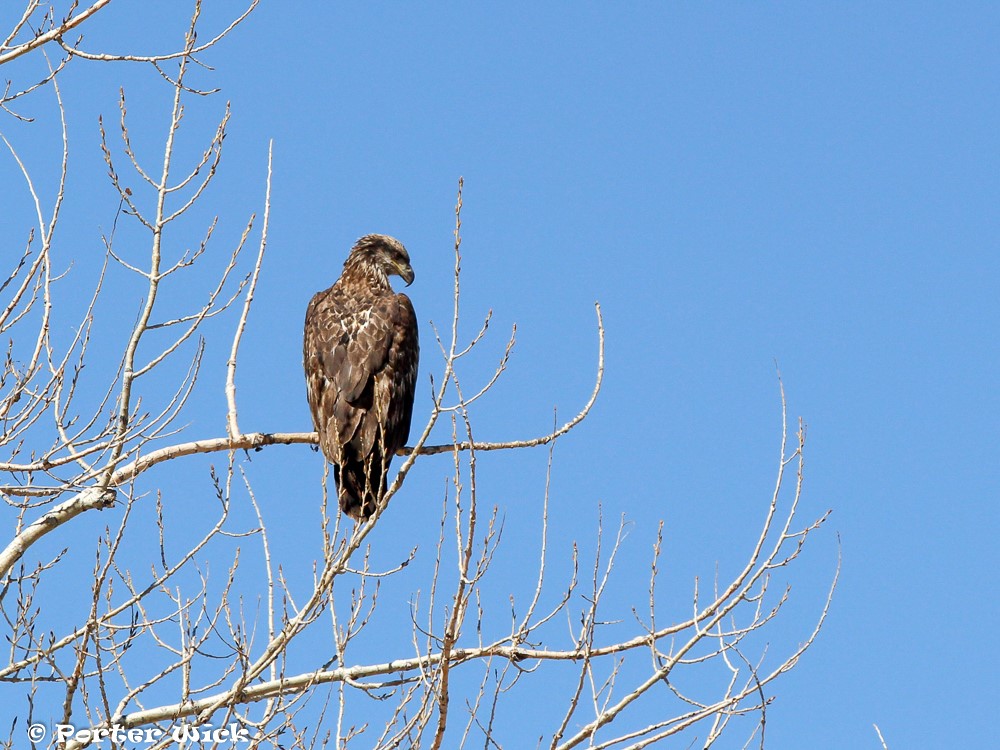
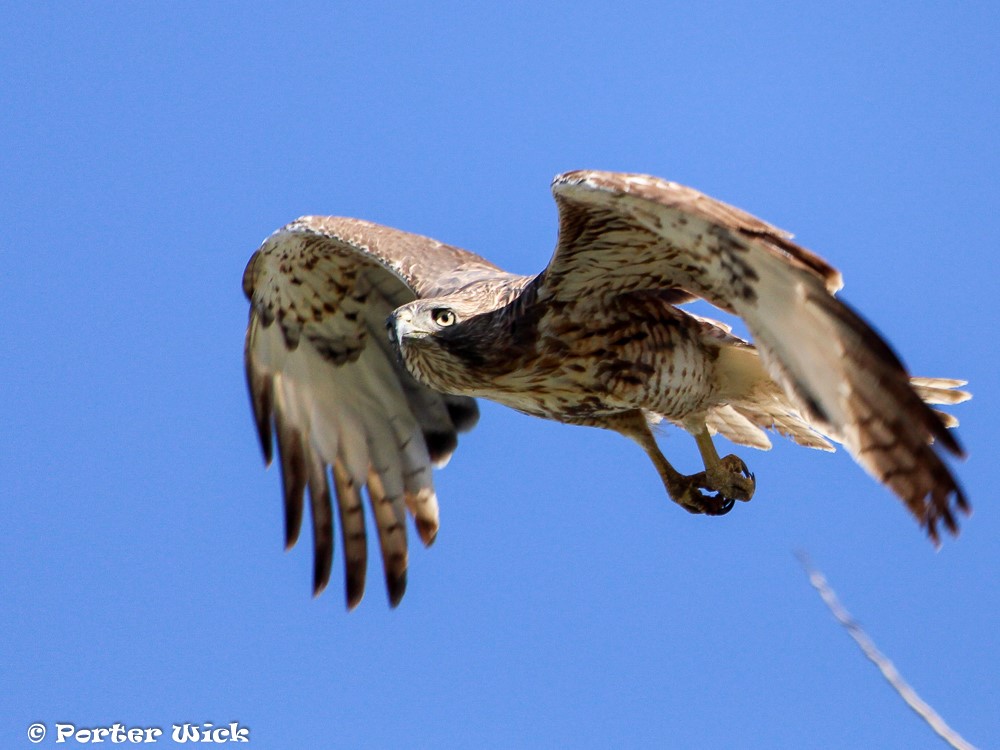
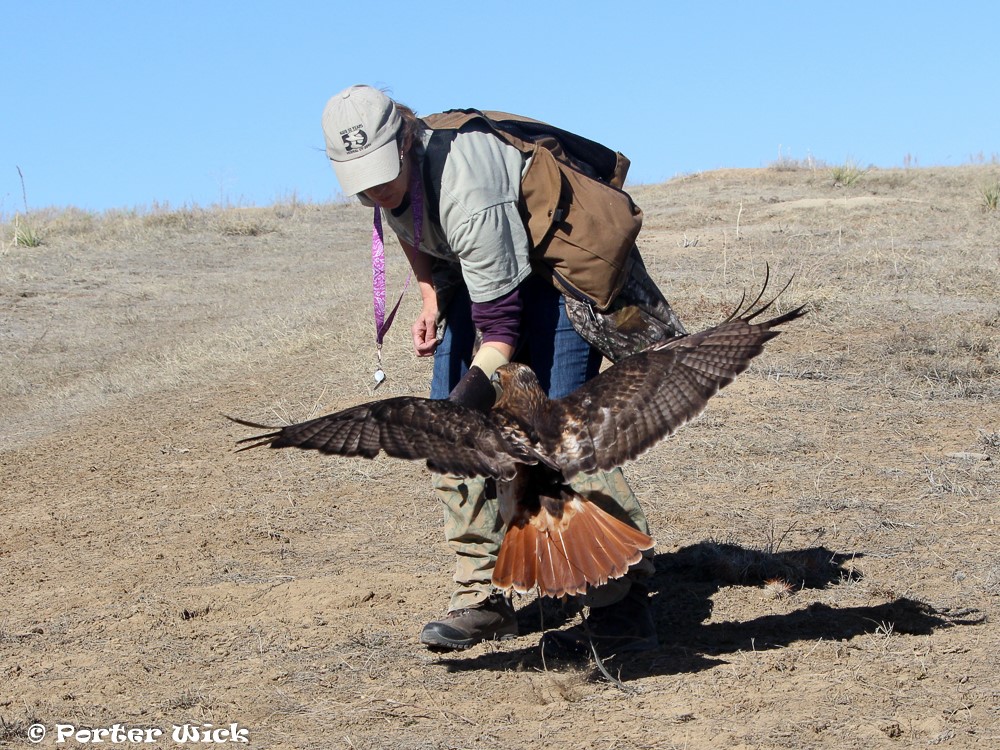
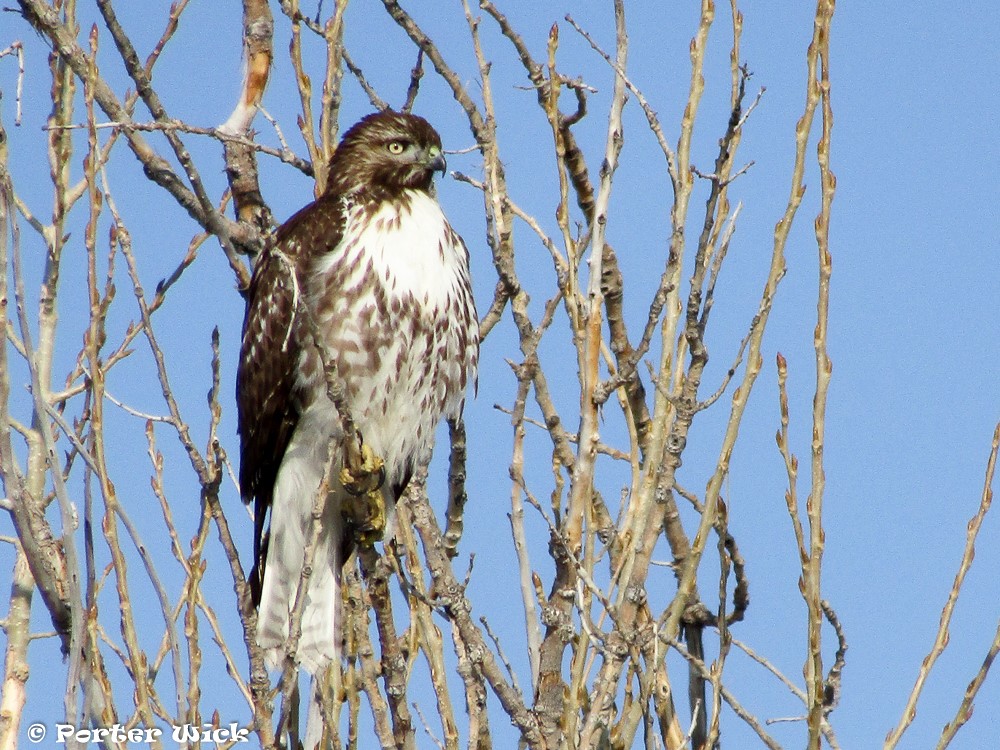
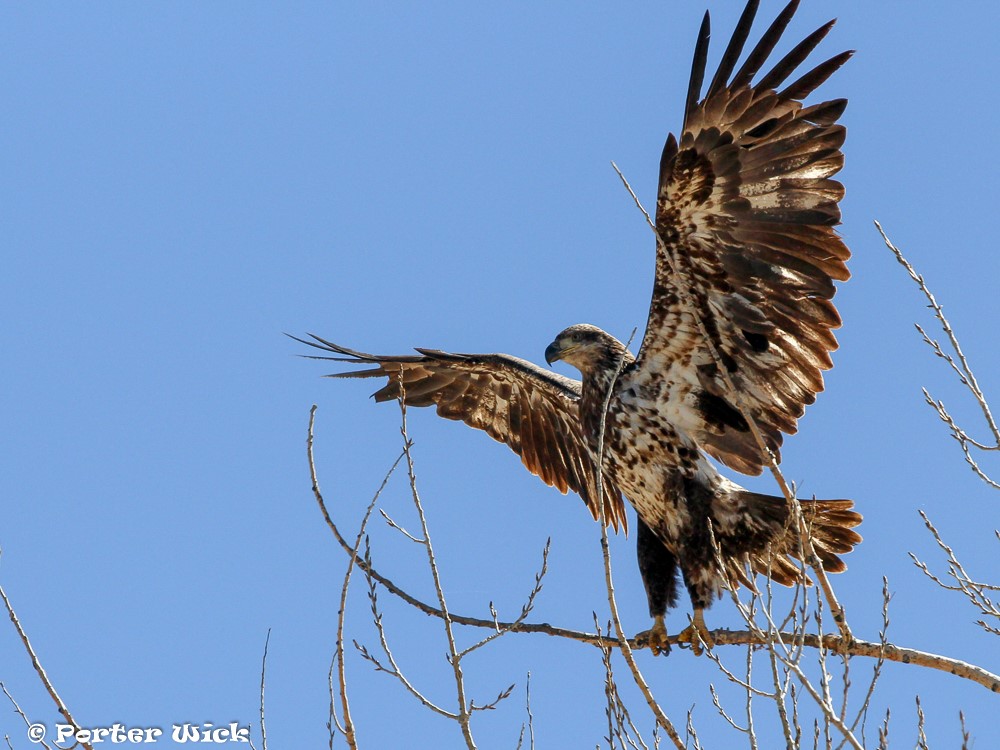
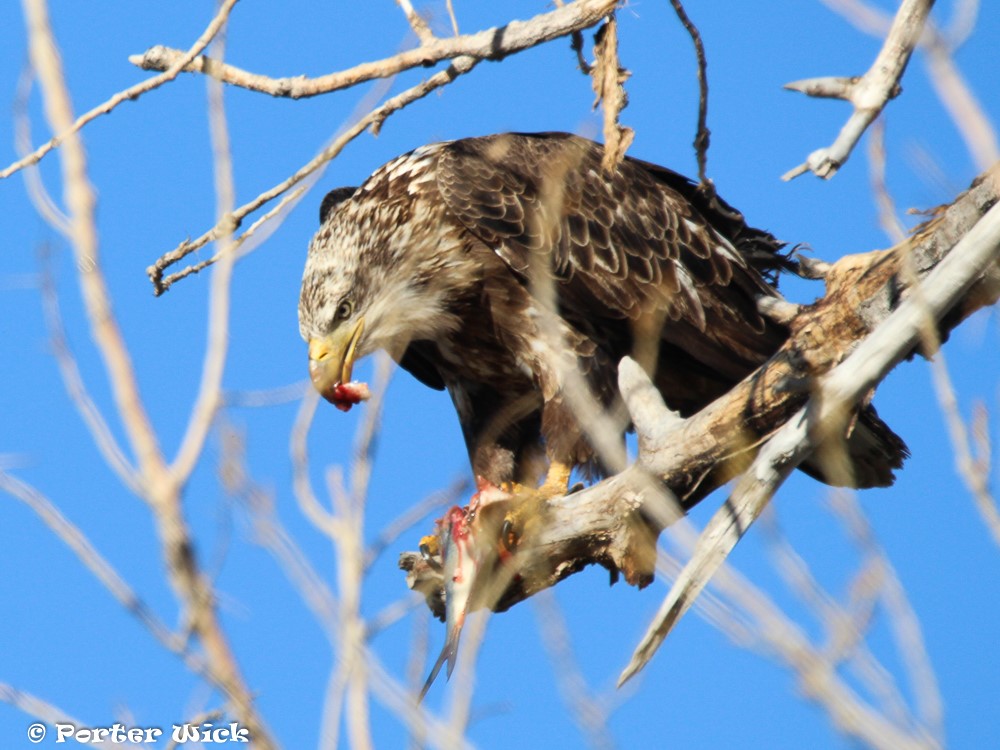
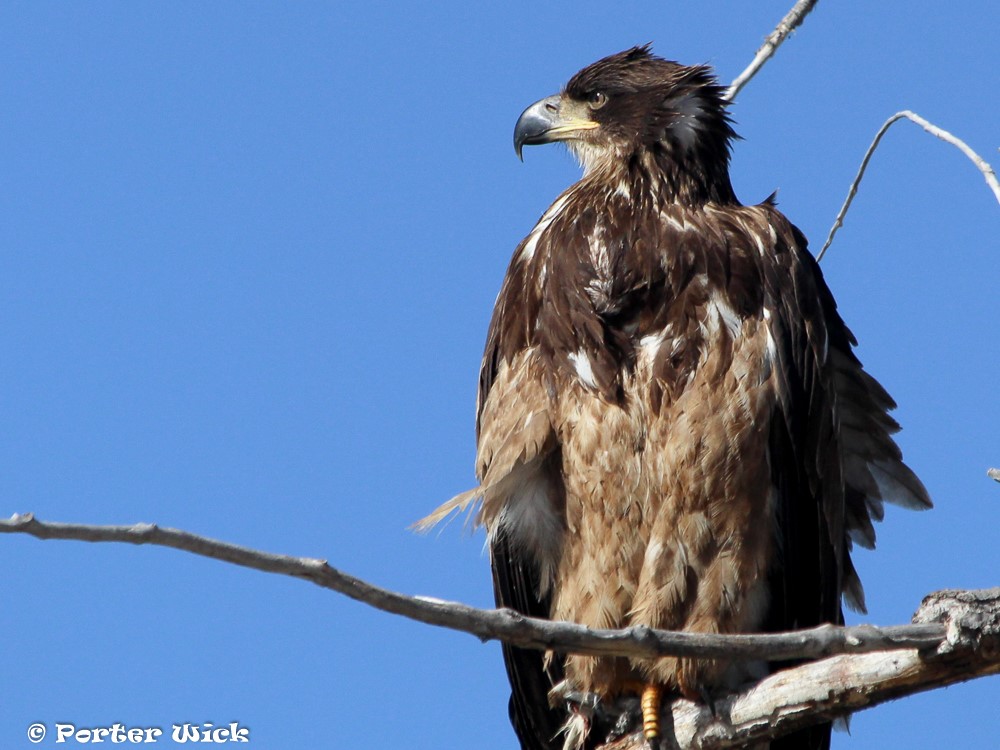
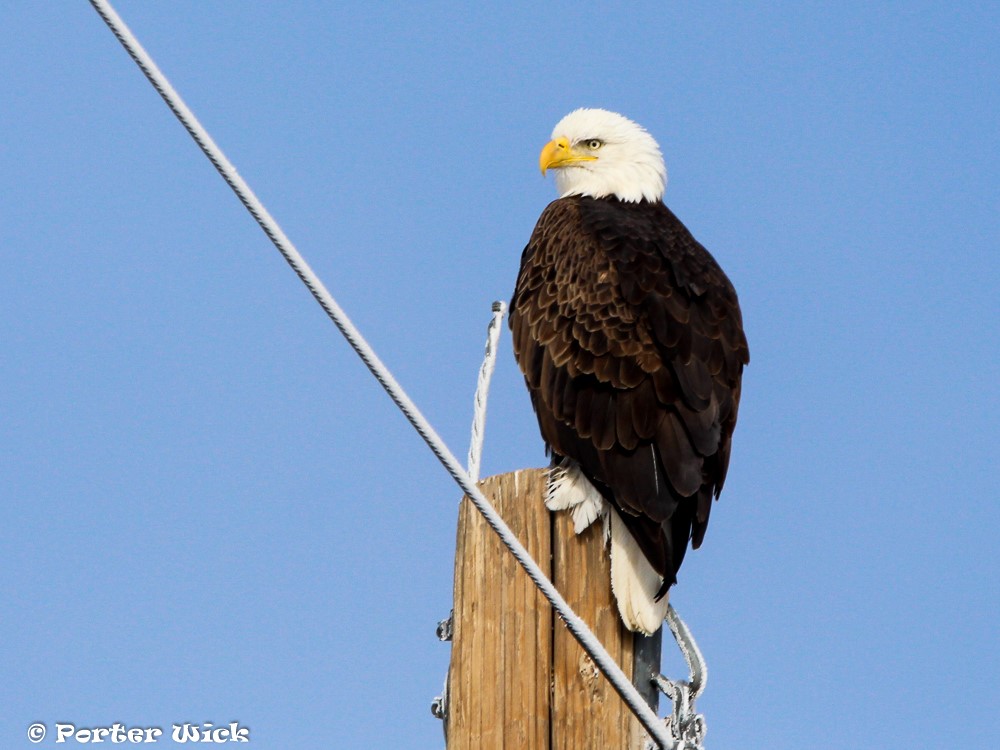
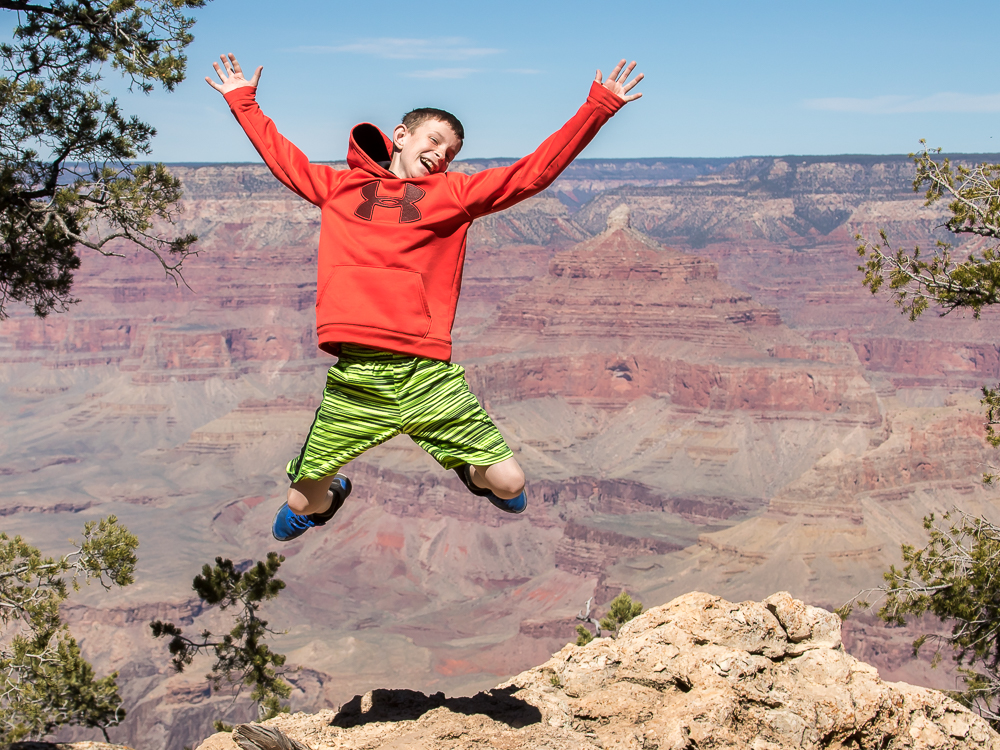
 RSS Feed
RSS Feed
